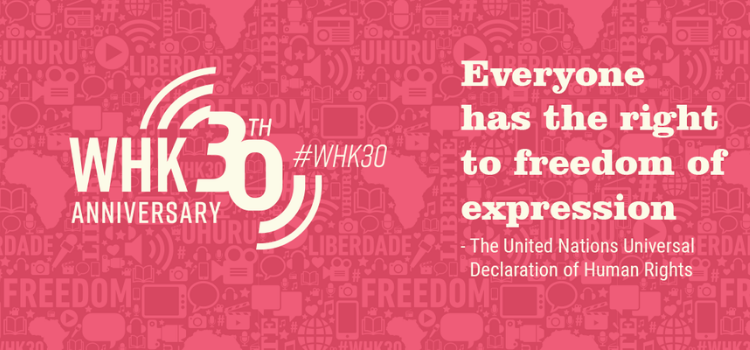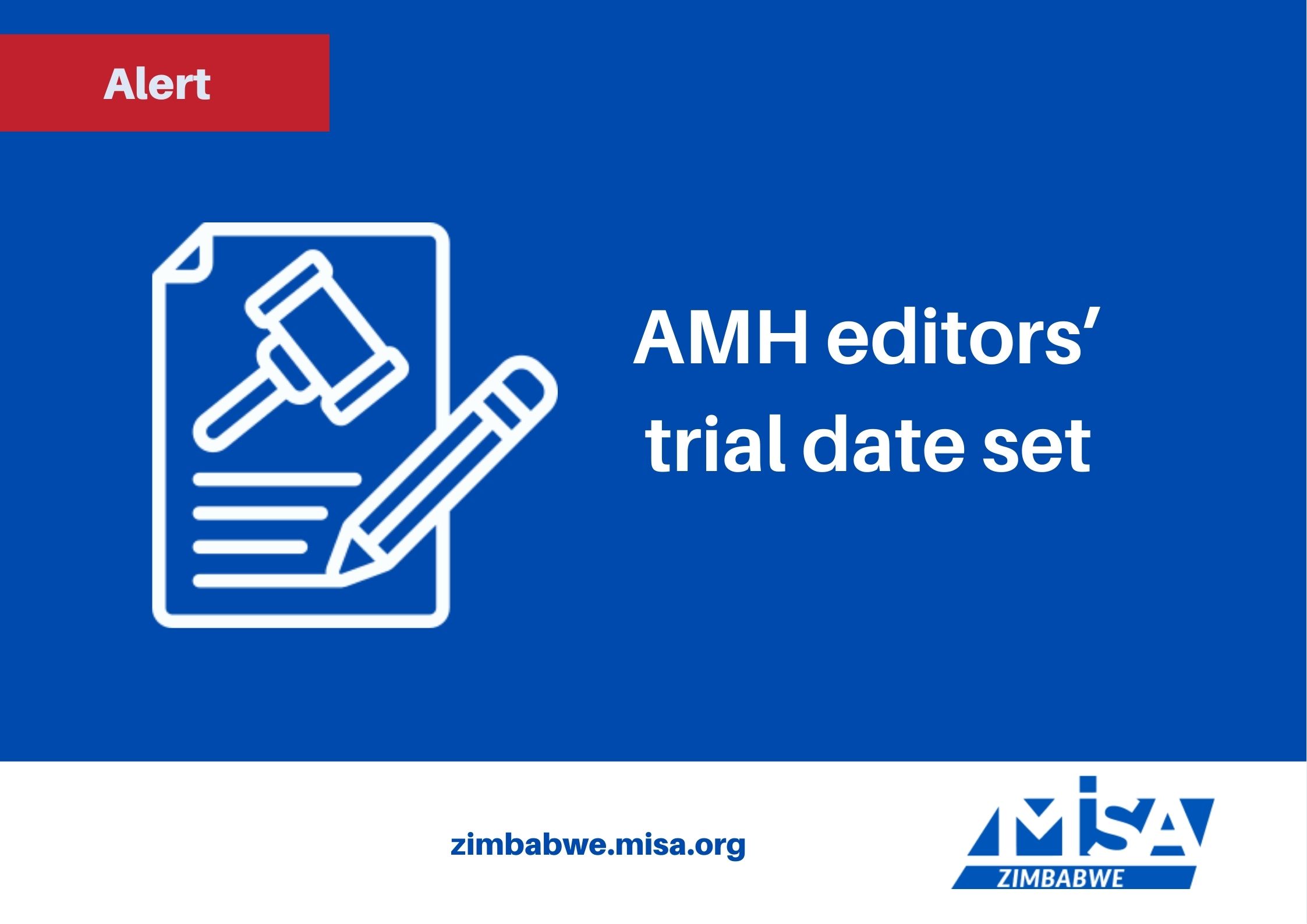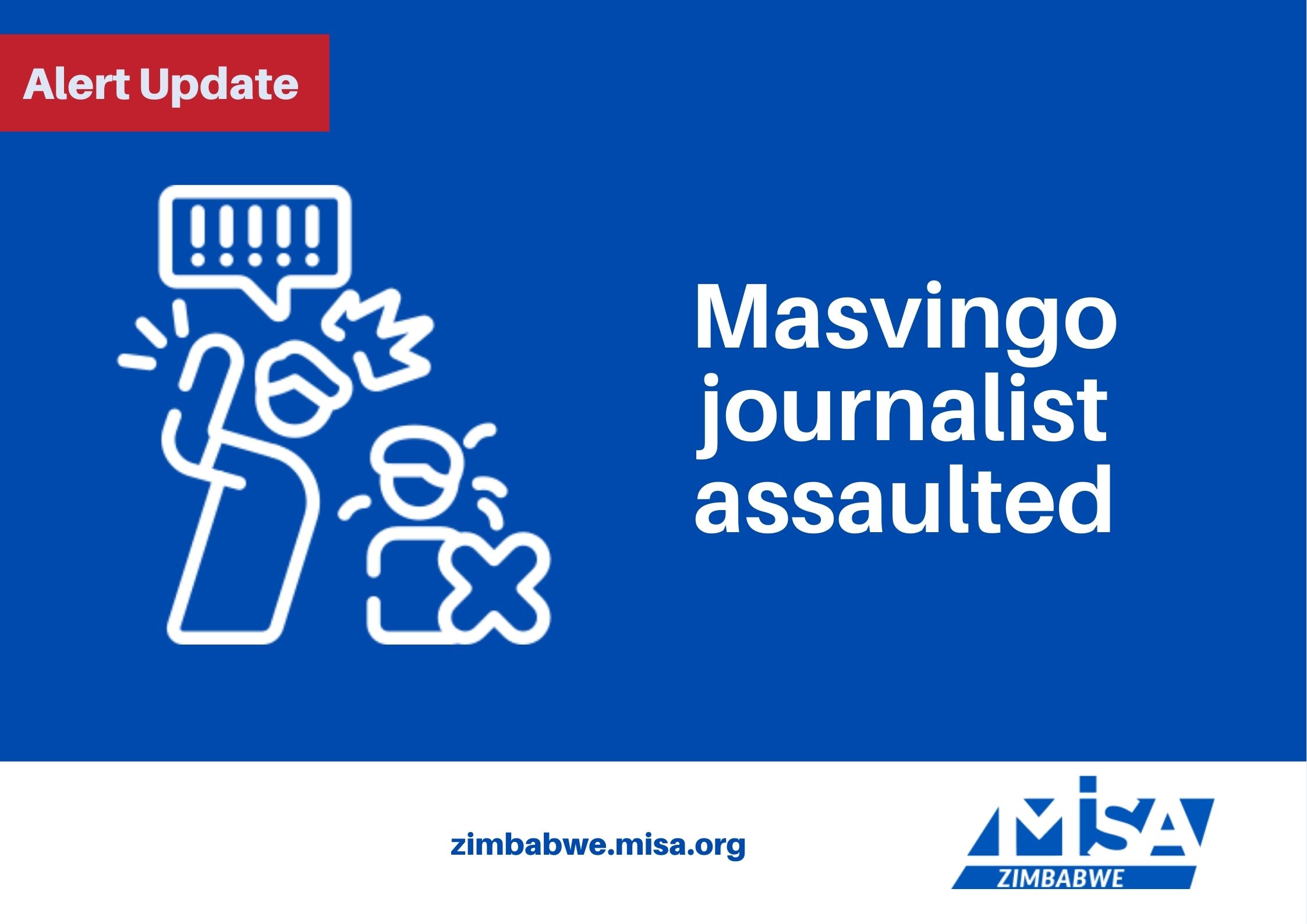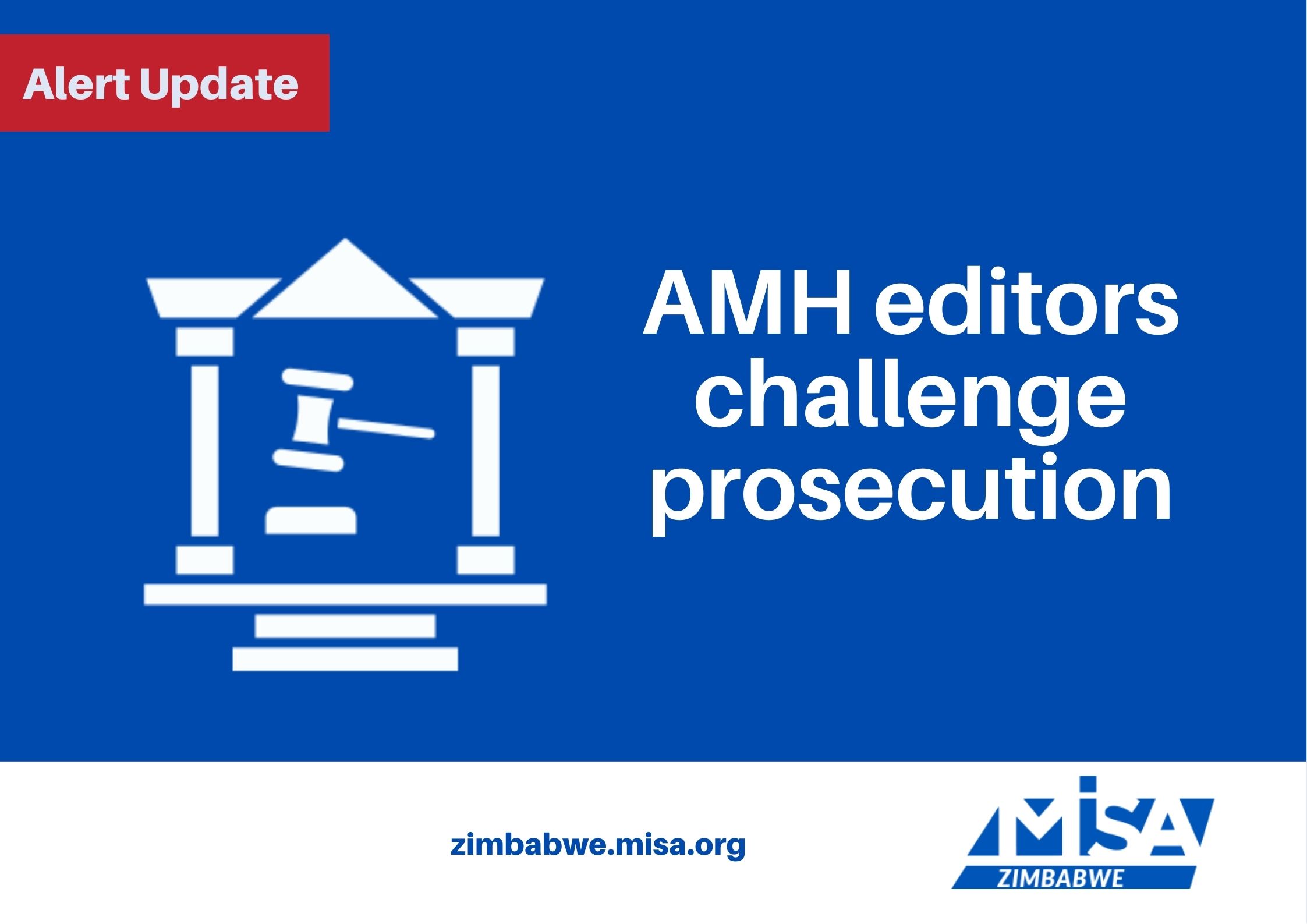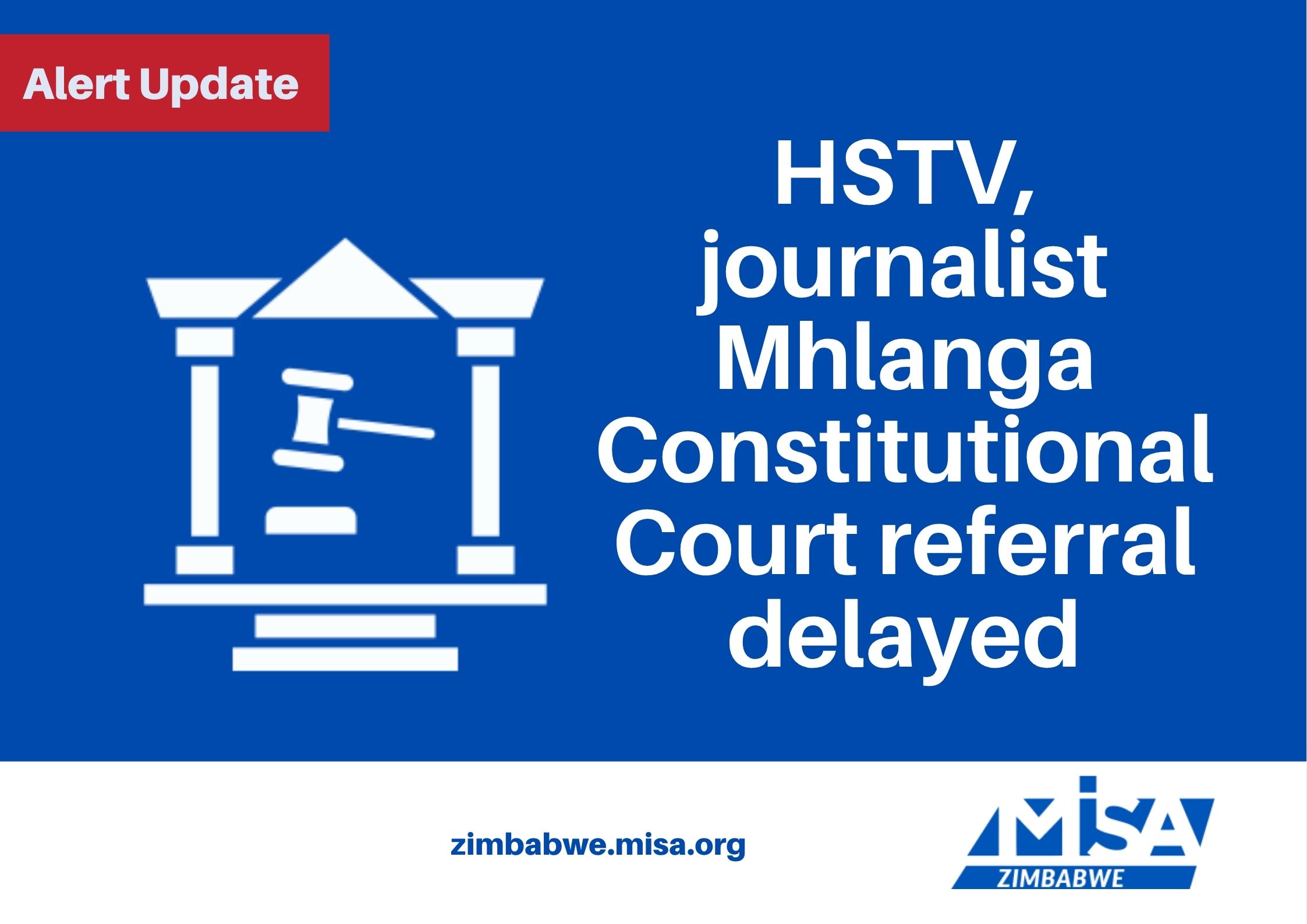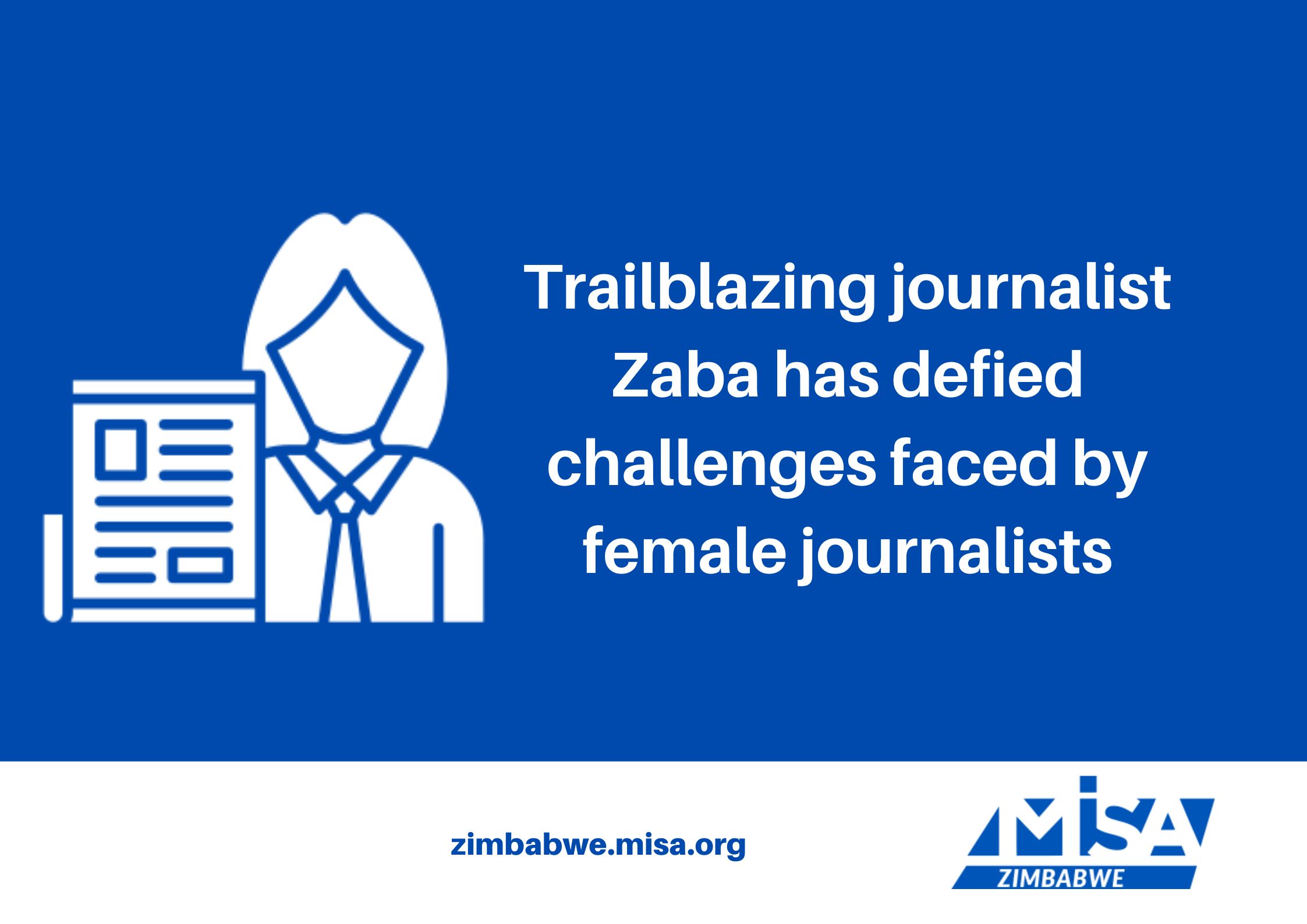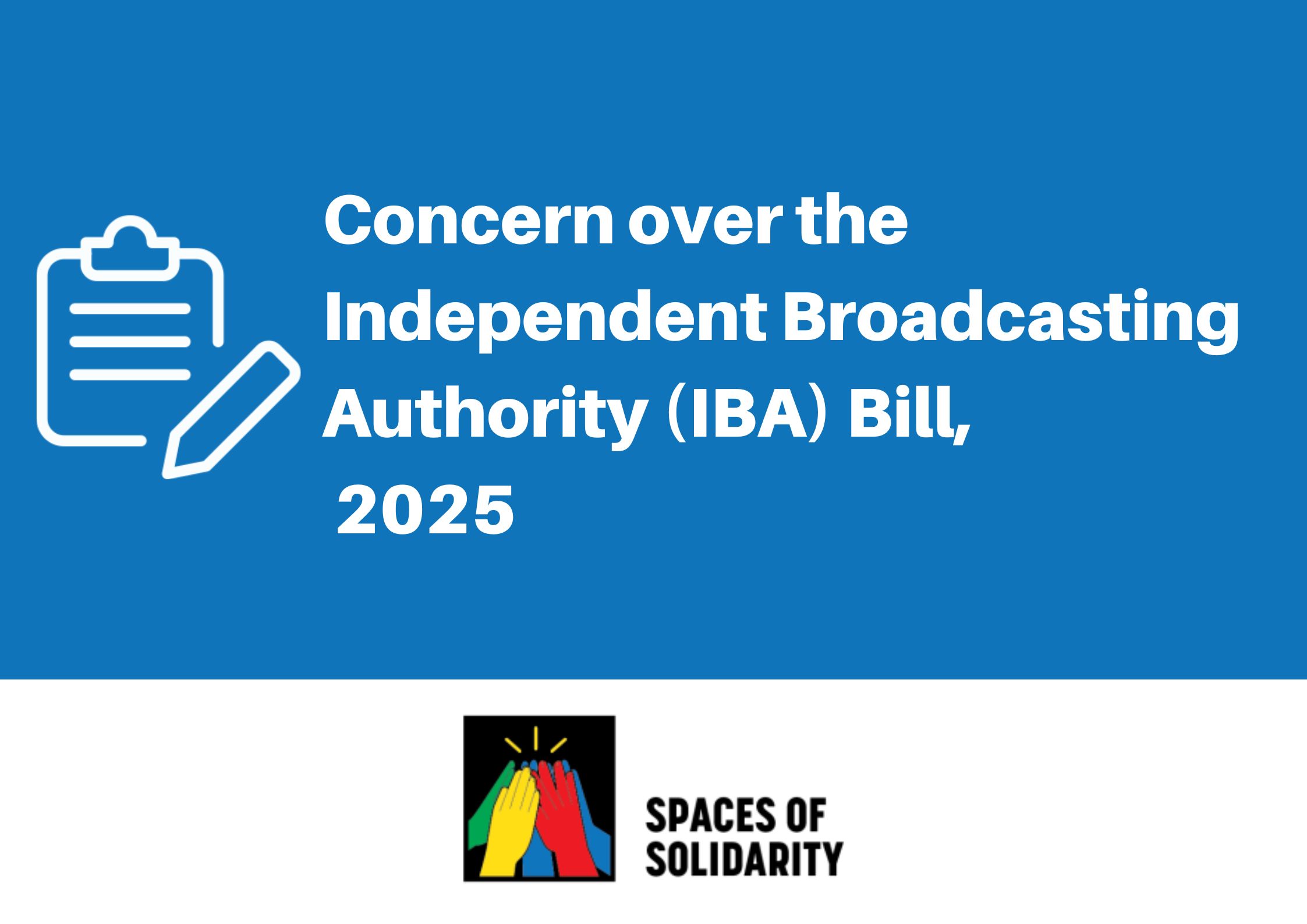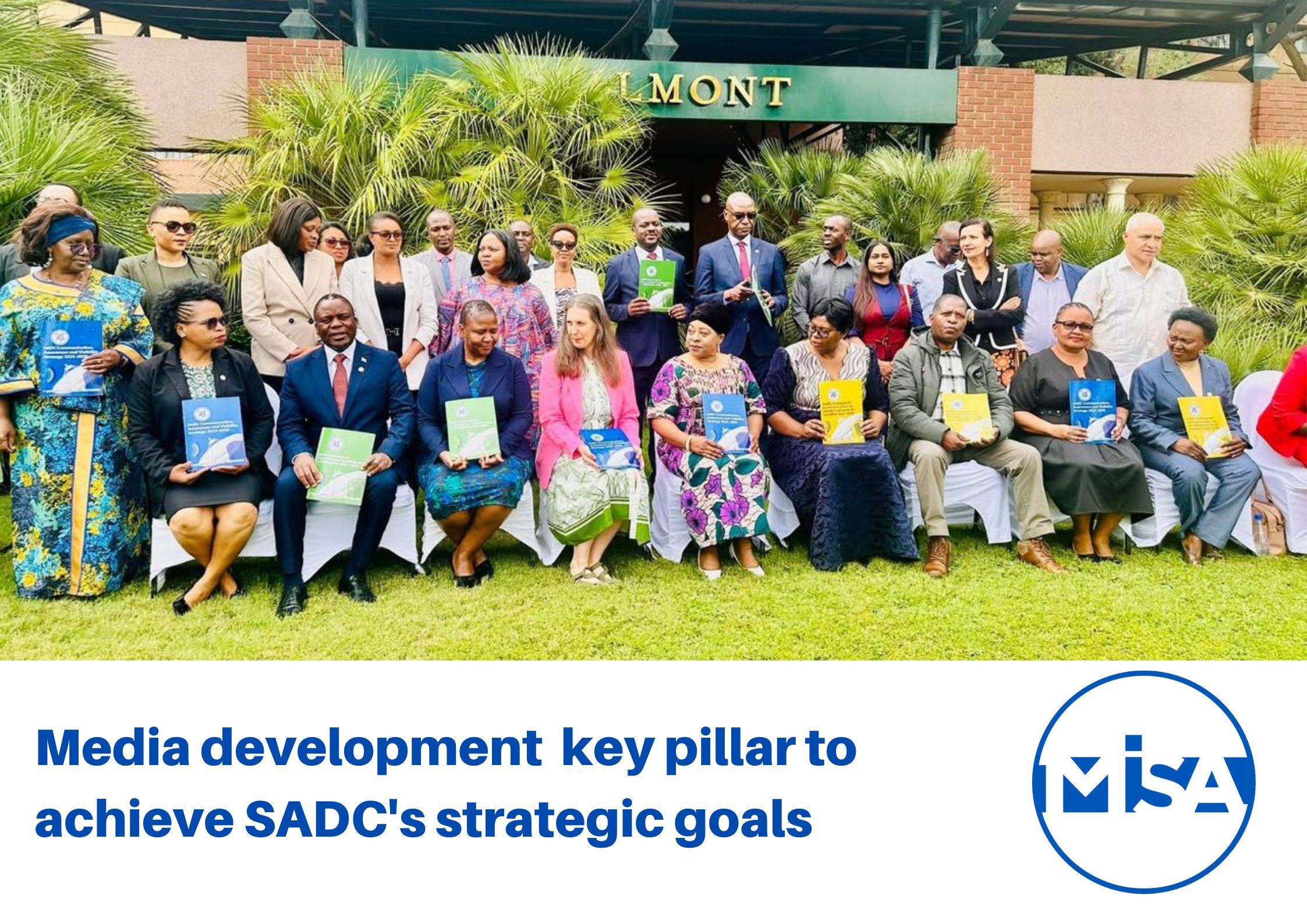By Mthoniswa Banda- The Independent Observer
As the world media celebrates 30 years’ anniversary of the Windhoek Declaration which in 1991 adopted the landmark policy of development of a ‘free, independent and pluralistic media’ in all nations, Zambia which boasts of various media forms, has come a long way in achieving this truly free, independent and pluralistic media.
Made on May 3rd 1991, the Windhoek Declaration culminated in what is today known as the World Press Freedom Day (WPFD), which the media religiously celebrates in honour of the achievements made pursuit of the a free, independent and pluralistic media sector and the challenges faced.
This year’s WPFD is being celebrated under the theme – Information as a Public Good – and serves to underscore the importance of ensuring that information is made available to all citizens and to all those seeking it. According to UNESCO, the theme recognises the changing communications system that is impacting on our health, our human rights, democracies and sustainable development.
UNESCO says the “theme serves as a call to affirm the importance of cherishing information as a public good and exploring what can be done in the production, distribution and reception of content to strengthen journalism, and to advance transparency and empowerment while leaving no one behind.”
Ensuring that no-one is left behind in Zambia in terms of access to information should include review in the manner in which this information by media houses is distributed as content, TV signals, radio frequencies to Zambians seeking this information. For Zambians to be said to truly enjoy their media rights, that is freedom of information, free speech and unfettered access to media of their choice, these media channels need to be made accessible to those that seek them.
This article was commissioned by MISA Zimbabwe with support from OSISA




